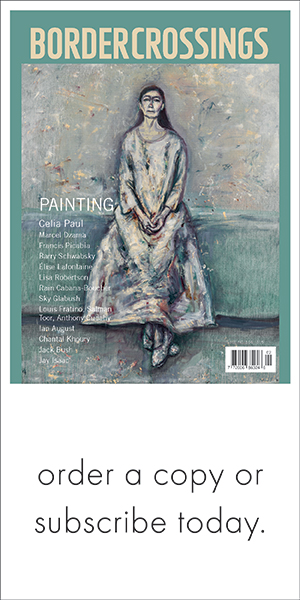The dense cultural history of Vietnam, a history of upheaval and conflict but also of persistence and survival, serves as backdrop in Kim Thúy’s latest novel, Mãn. Thúy writes with a deep sense of the dichotomies of Vietnam’s history—the French takeover in the 1800s, the breaking apart of north and south for political gain, and then the Vietnam War, from the mid 1950s to 1975, which created more pain, chaos and loss for its people.
Thúy was awarded the Governor General’s Award for French-language fiction in 2010 for Ru, her debut novel, which told the story of a Vietnamese-born woman who left her country as a boat person and settled in Quebec. The title character in this second book also leaves Saigon for an ostensibly better life in Canada. Thúy herself emigrated from Vietnam to Montreal in her childhood. Despite parallels between the author’s life and her character’s...
Lucy Waverman is food columnist for The Globe and Mail. Her latest cookbook, with Beppi Crosariol, is The Flavour Principle: Enticing Your Senses with Food and Drink (HarperCollins, 2014).

